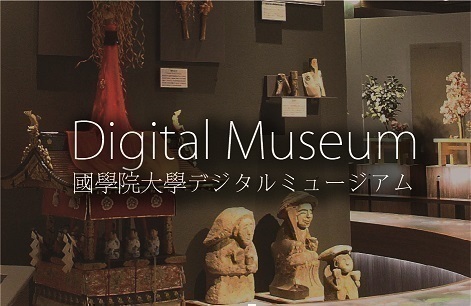- トップ
- Encyclopedia of Shinto
- Akamata Kuromata
Encyclopedia of Shinto
| Main Menu: | |
| Links: |
詳細表示 (Complete Article)
| カテゴリー1: | 5. Rites and Festivals |
|---|---|
| カテゴリー2: | Rituals in Okinawa and Amami |
| Title | Akamata Kuromata |
| Text | A pair of grass-clad, masked deities believed to bring yuu (happiness associated with fecundity, fertility, and the like) from Niraasuku (the word for Nirai-kanai, "the Other World," in the local dialect). Belief in the deities is found in many places in the Yaeyama Islands, Okinawa Prefecture, including at Komi on Iriomote Island, on Aragusuku Island, and at Miyara on Ishigaki Island, and also in the past at Takana and Nohara on Iriomote. The masked deities are also known as niirupitwu. They are said to be a husband and wife; in some places they are joined by the appearance of their child, Shiromata. Mata means "face" and indicates the mask the deities wear in this instance. There is a harvest festival called pūri (literally, "rice-ear gains") held in the sixth lunar month throughout the Yaeyama Islands. The first day is called onpūri, when participants give thanks for the crop. The second day is called murapūri, when prayers are offered in anticipation of a good crop in the following year; the masked deities appear on this occasion. The rites for the deities are performed by a strictly age-hierarchical, all-male ritual association. Both the rites and the association themselves are shrouded in secrecy, and together comprise a secret society. The training required for joining this society is likewise strict; the initiation ceremony takes place as a part of this secretive festival. The initiation rite also functions as a coming-of-age ceremony; thus, theevents on this occasion represent a combining of a harvest festival and an initiation ritual into adult society. — Hatakeyama Atsushi |




